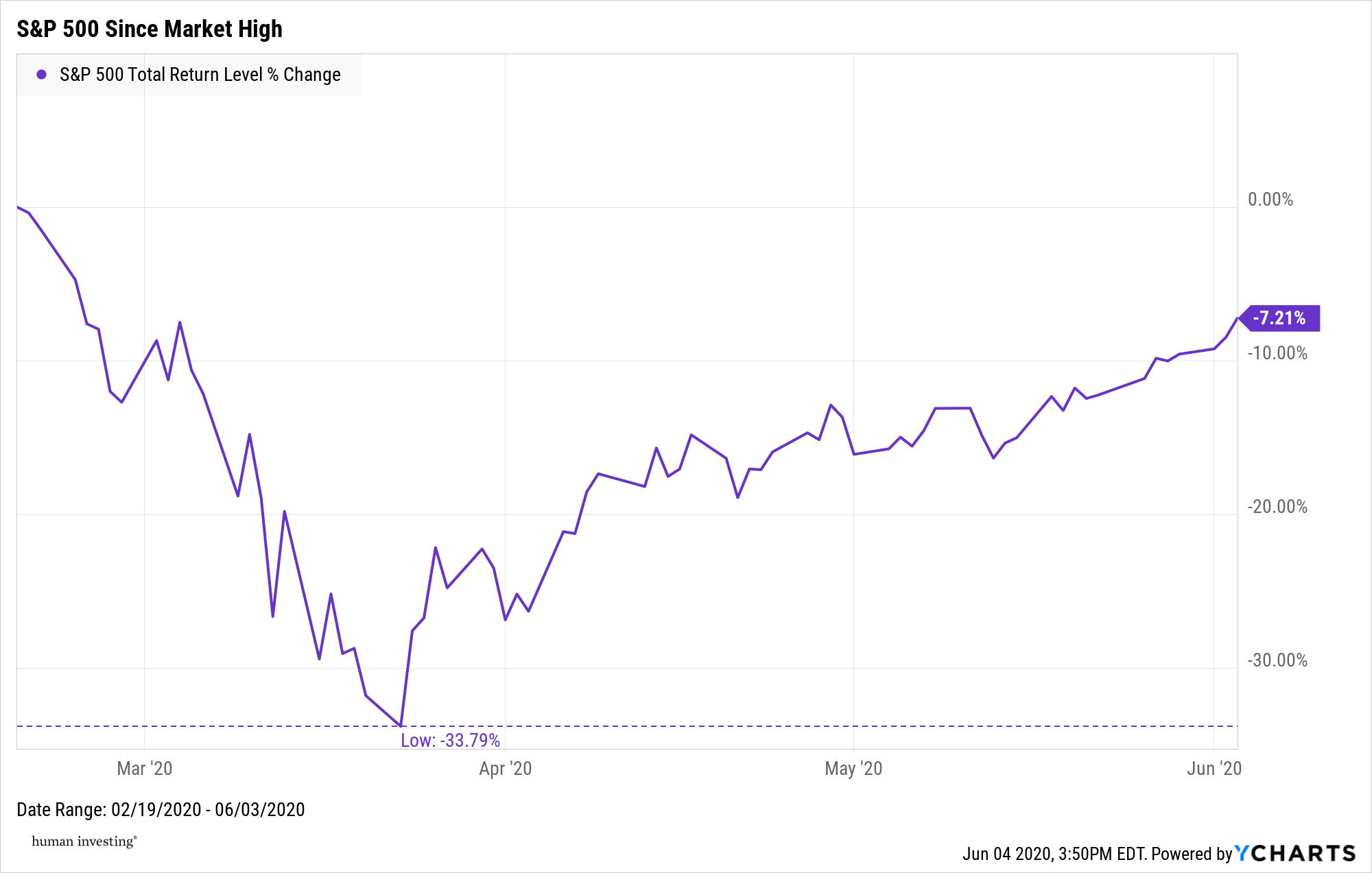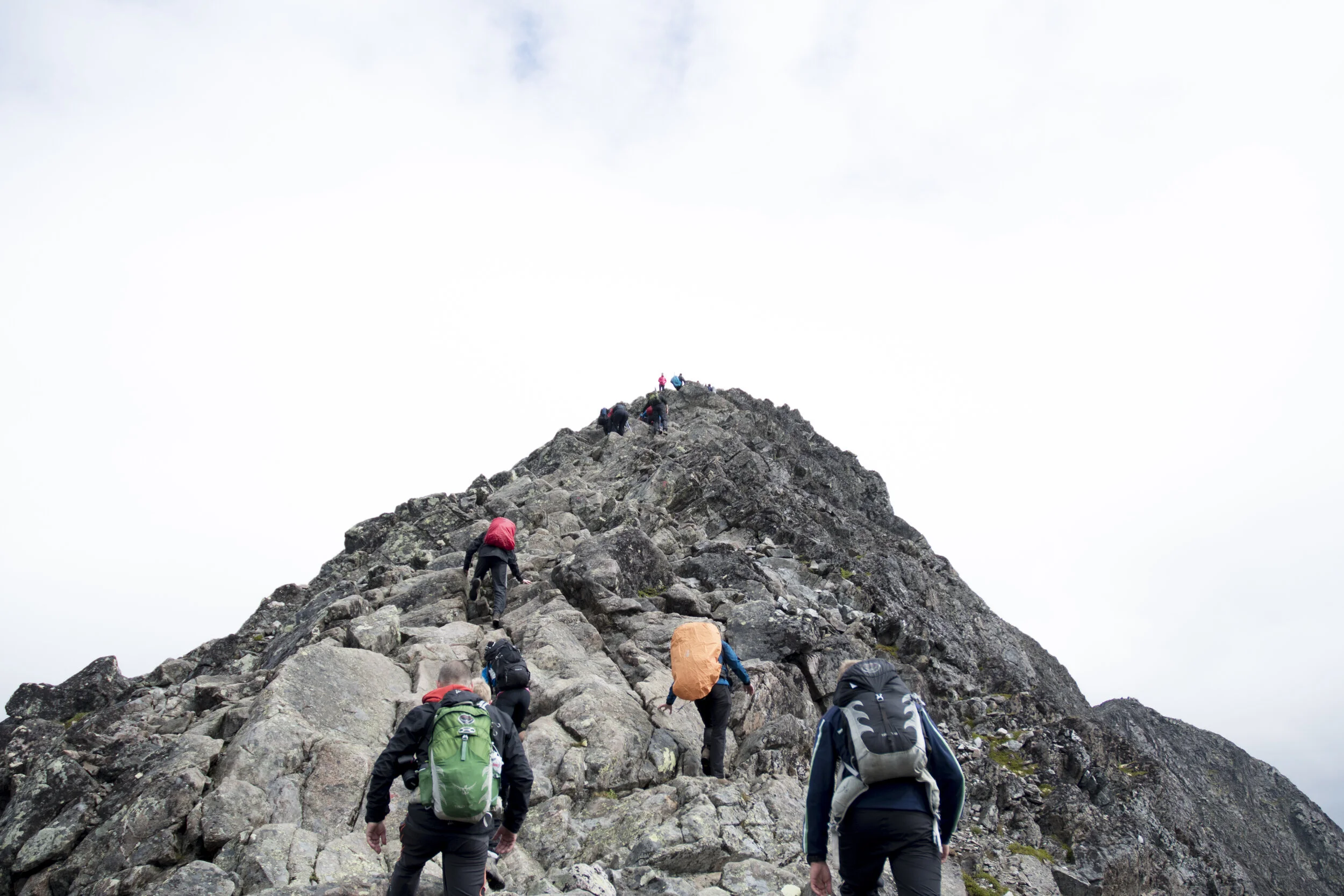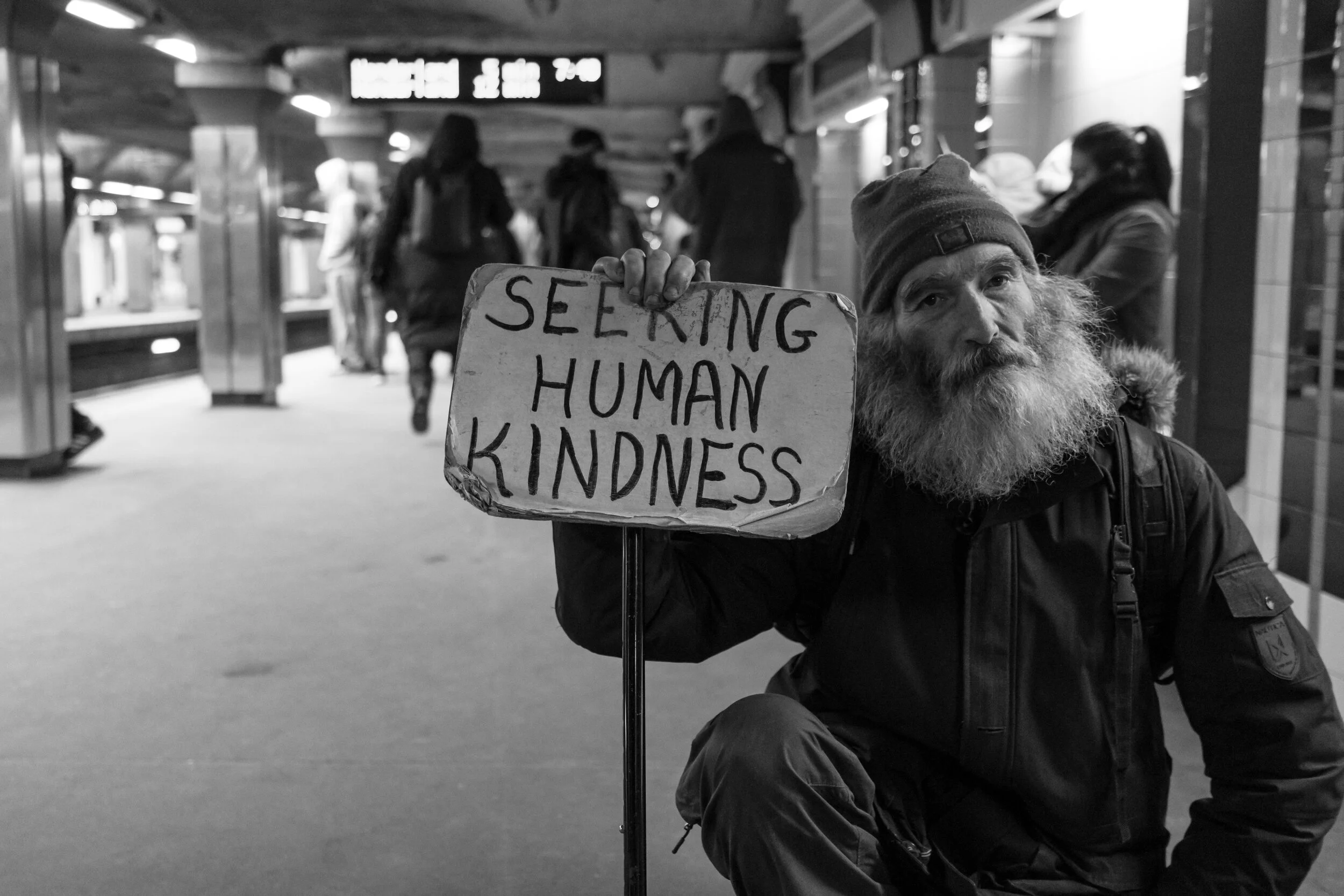What Doesn't Add up With the Market Ups and Downs
Buckle up. Welcome to the rollercoaster ride of the year.
Find me one person who predicted the magnitude and velocity of the recent stock market selloff and rebound, and I will buy us tickets to Vegas. In 74 trading days, the stock market lost a third of its value and subsequently rallied by more than 40%. (Another friendly reminder that short-term market prognosis is speculative.)
Through discussions of this market phenomenon with clients, friends, and family, I have discovered a disconnect in how investors interpret investment returns. Take the S&P 500 for an example:
From its high on February 19th, the S&P 500 slid by more than -33% over the next 24 market days 📉
Following its low on March 23rd, the market quickly gained in value by more than 40% 🤯
It would appear that as of June 3rd, the market would be up 6.35% for the year (-33.79% + 40.14% = 6.35%). However, this is not the case for our investment account statements.
The reality is that the S&P 500 was still down -7.21%.
Why? Market pullbacks will have a greater magnitude than the market rebound.
This is because the percentage loss experienced in the pullback is based on a larger value than the rebound percentage. Thus, not all percentages can be evaluated in the same way.
An easier way to understand this is through the following example:
Take an account valued at $100,000. Now cut the account value in half (-50%), and its value is at $50,000. What return is needed to bring it back up to $100,000? You would need to double your account (+100%).
So what percentage of growth is needed to make up for a portfolio or market loss?
A market loss of 1% requires a 1.01% return to get back to its beginning value.
A market loss of 5% requires a 5.26% return to get back to its beginning value.
A market loss of 10% requires an 11.11% return to get back to its beginning value.
As illustrated above, the greater the market loss, the greater are the market gains needed to recover.
In terms of the COVID-19 crash, a market drop of -33.79% requires +51.03% of market growth to make up for the loss incurred.
*Note the exponential increase in the percentage gain needed to recover.
In application, it is important to consider the downside risk of investments with regards to your financial planning needs. Investment downside risk can have a greater detriment depending on an investor’s timeline and cash needs. (See our article on sequence risk here.)
Both patience and an intelligently designed investment strategy are the remedies to market loss. In the history of the US stock market, no matter how great the loss, subsequent market returns have always lead to new market highs. This is a trend we expect will continue.





















